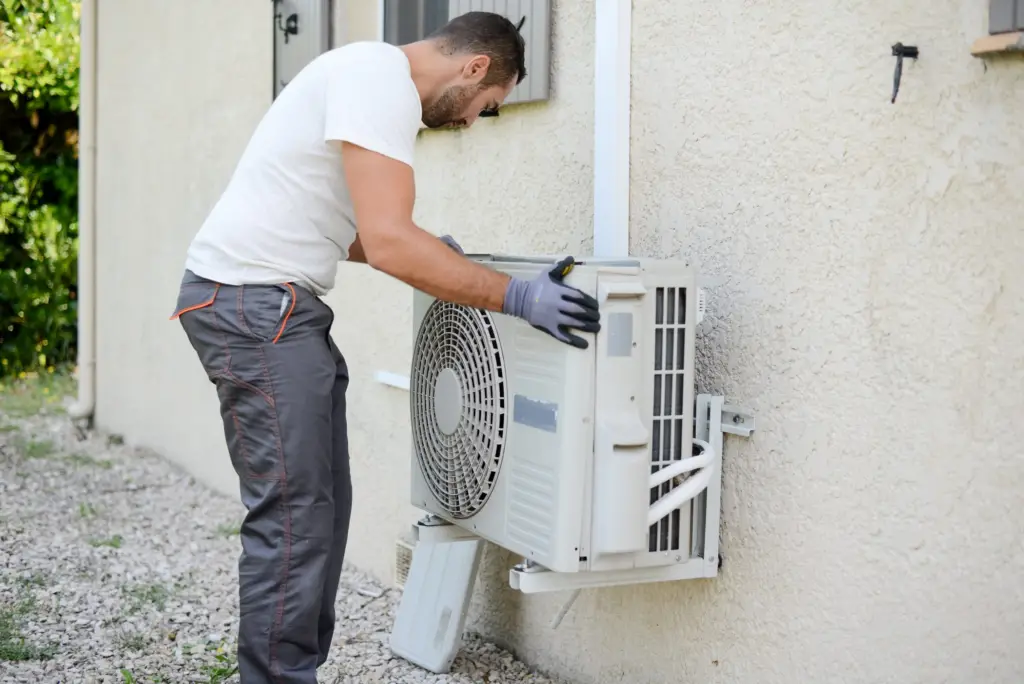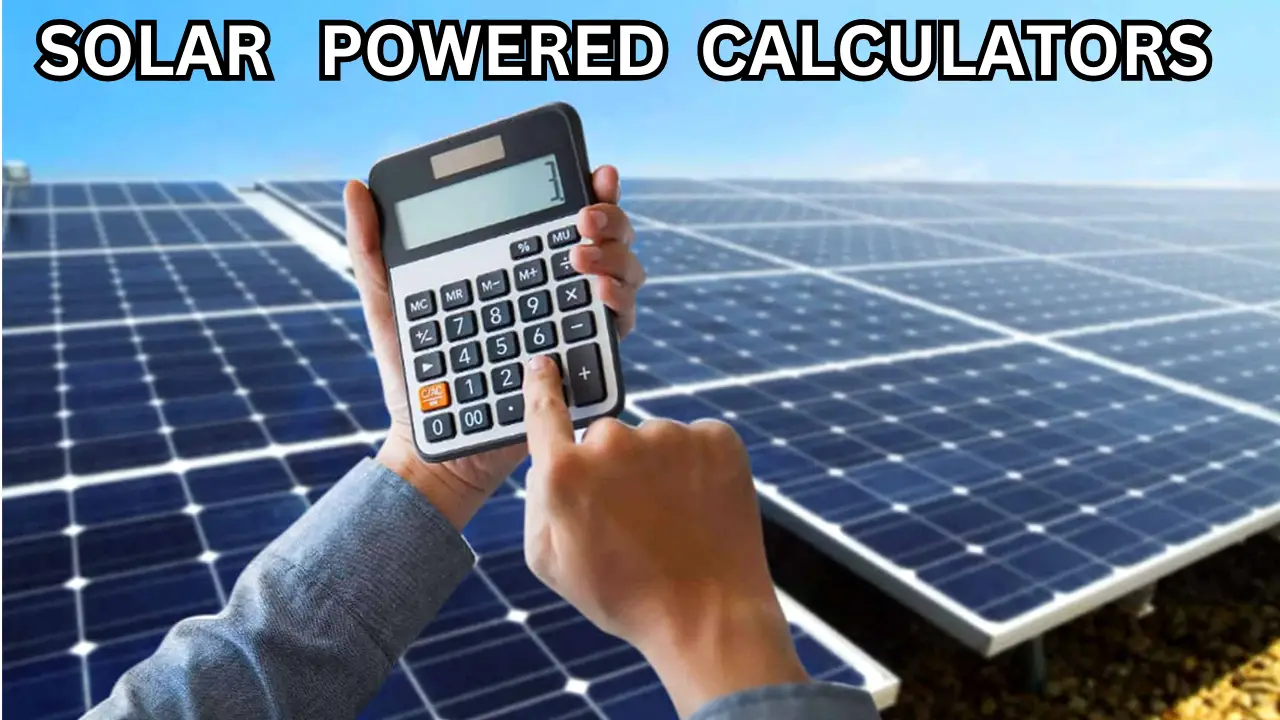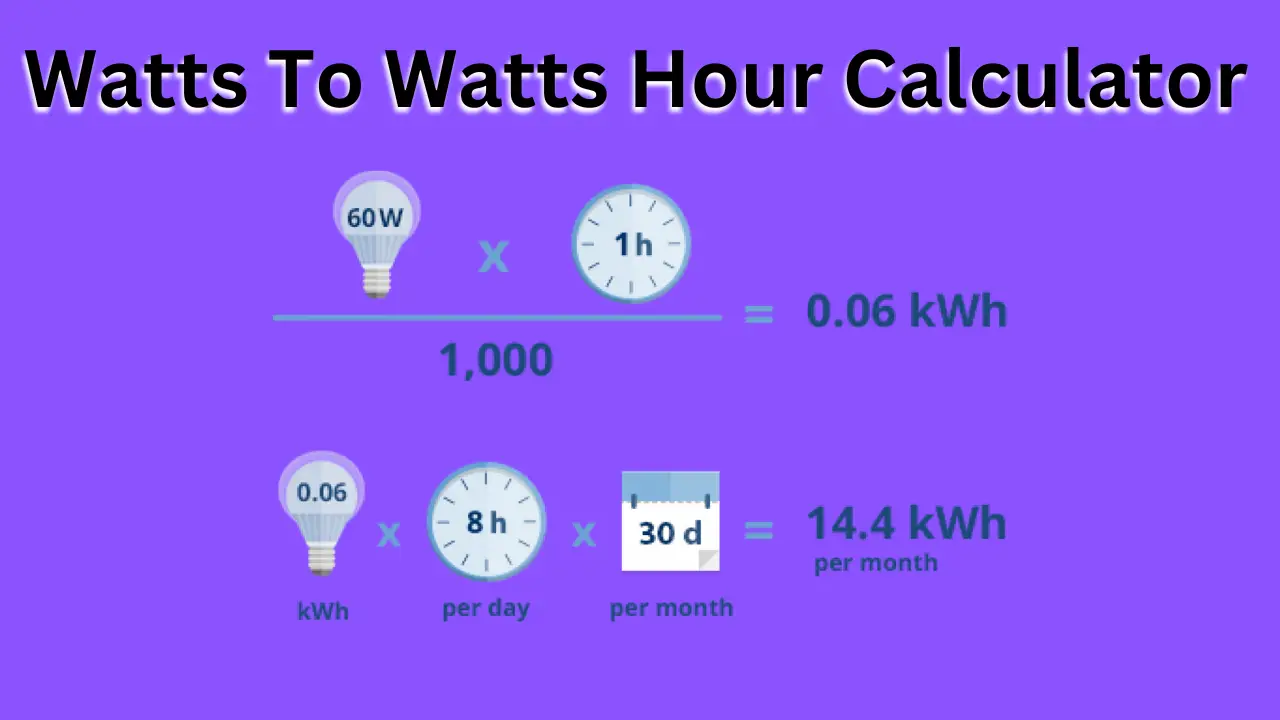The best way to heat and cool your house is with a mini-split system. They are a great option for many people because they are reliable and highly effective. However, since the global energy crisis made headlines, we have received numerous inquiries regarding how expensive they are to operate.
Although the cost of electricity was already rising, the conflict in Ukraine caused prices to soar much further. Therefore, it should come as no surprise that those considering installing a mini-split system are worried about operating expenses.
The operating costs and energy requirements of a mini-split are examined in this article. Keeping your expenses as minimal as possible will be made easier with this knowledge.
Mini split heat pumps draw 500 to 5500 watts. This range is around 1000 to 1500 watts per 12,000 BTU, depending on the system’s energy efficiency. Mini-split systems utilize between 7 and 4 kWh per hour and between 17 and 100 kWh per day in terms of energy utilization.
How Do Mini-Split Systems Work?
The Refrigeration Cycle in a Mini-Split
The refrigeration cycle is the fundamental idea behind every mini-split system. It employs that to transfer heat from one location to another.
When you use air conditioning, it radiates additional heat from your house onto the atmosphere outside. In reverse, a mini-split that is set to heat your home draws heat from the outside air, transports it inside, and then blows it into your living space.
The principles of thermodynamics that underlie the refrigeration cycle were first proposed by the astute French physicist Sadi Carnot in 1824, so we have had plenty of opportunity to learn about them. They’ve only recently been used by us for house heating and cooling.
The second law of thermodynamics states that heat cannot willingly go from a colder location to a hotter one. Unless labor is done to shift the heat, that is.
An effective example to use here is that of a ball, which needs to be kicked in order to roll upward. The kicker gives the ball energy, causing it to move upward. Similar to a kick on a soccer ball, the heat pump mini-split system gives the push to transfer heat from a colder to a hotter place.

The compressor, which is powered by electricity, concentrates the heat in the refrigerant fluid that circulates throughout the system and raises pressure before transferring it to the condenser. The condenser coils on the heated side of the system are then used to discharge heat.
After passing through an expansion valve and into the evaporator (located on the cold side of the system), the refrigerant continues its journey. Before starting the cycle all over again, it again gathers heat from the air.
When using an air conditioner, the air handler pumps air into the room and across the evaporator coils to produce a cooling effect. When a mini-split is set to heat the home, air is blown across the condenser to warm it up before it is used to heat the interior.
What Do Mini-Splits Require Electricity For?
Which parts of the system require the most electricity when using mini-splits to transfer heat from the cold side to the hot side?
The compressor is the part that consumes the most energy by a wide margin. This part turns the refrigerant gas into liquid by compressing it, then pumps it into the condenser coils to release heat. This pressure is ten times higher than that of an automotive tire, ranging from 200 to 300 psi. That requires a lot of power!
While doing this, the compressor will use about seven amps. The fans that circulate air across the condenser and evaporator use the next-highest amount of energy. These normally operate at 1.5 to 3 amps.
How much does a mini split use?

For a 9,000 BTU system, the range begins at less than 0.6 kWh per hour and less than 15 kWh per day. Popular systems in the 24,000 – 36,000 BTU range utilize 40 to 90 kWh per day and 1.25 to 3.6 kWh per hour of electricity.
Because mini-split systems, like the majority of HVAC systems, are produced in a variety of efficiencies, the ranges are vast. The most efficient consume less energy than the least efficient by more than 50%.
Mini Split Energy Consumption
| Mini Split Capacity | Energy Consumption Per Hour | Energy Consumption Per Day |
| 9000 Btu | 0.44 to 0.70 kWh | 10.5 to 17 kWh |
| 12000 Btu | 0.6 to 1.0 kWh | 14.4 to 23 kWh |
| 18000 Btu | 0.90 to 1.5 kWh | 21.6 to 36 kWh |
| 24000 Btu | 1.25 to 2 kWh | 30 to 48 kWh |
| 30000 Btu | 1.6 to 3.0 kWh | 38.5 to 71 kWh |
| 36000 Btu | 2.0 to 3.6 kWh | 48 to 88 kWh |
| 42000 Btu | 2.4 to 4.1 kWh | 57.6 to 100 kWh |
| 48000 Btu | 2.4 to 5.5 kWh | 58 to 131 kWh |
These tables display typical mini-split system sizes along with their respective energy usage. Older mini-split systems that are still in use but aren’t nearly as effective as recently sold units were included in the data used to create these figures.
Consider that your energy consumption will likely be on the higher end of the range if your mini split is older than 8–10 years and you are unsure of its EER rating.
The efficiency performance of a mini-split, or how effectively the system uses electricity to circulate refrigerant and transmit heat from one location to another, is the most important component in the energy consumption of a mini-split.
The coils’ and filter’s cleanliness are minor additional variables. Airflow through the filter and unit as a whole is reduced by dirt, and coils in the interior unit and outdoor unit that are covered in dirt use more energy than when these components are clean.
Factors Affecting a Mini Split’s Energy Efficiency

Although modern mini splits are an excellent solution for both heating and cooling, their energy efficiency depends on a number of various aspects. The following are some important elements that have a significant impact on a mini-split system’s energy efficiency:
Surface Area
The energy efficiency of a mini-split system is significantly influenced by the size of the room. Larger rooms generally use more energy to heat or cool than smaller ones. Larger rooms necessitate larger mini-split systems, which means more electricity is used.
Height of ceiling
Another crucial element that has an impact on a mini-split system’s energy efficiency is the height of the ceiling. You will need more energy to heat or cool a room with a high ceiling.
The explanation is that it will take more time for the hot or cold air to reach the desired temperature. In order to maintain the temperature, the mini-split system will have to work harder and longer.
Restrictions on Airflow

Verify that no objects, like curtains or furniture, are obstructing the airflow. The system will have to work more to maintain the temperature if the airflow is restricted. Costs for energy go up as a result of this.
Climate
A mini-split system’s energy efficiency is significantly impacted by the climate. The mini-split system’s capacity to heat or cool the space is influenced by the outside temperature. To maintain a suitable indoor temperature if you reside in a location with extreme temperatures, you will need a mini-split system with improved energy efficiency.
Windows
Windows is yet another important element that has a significant impact on a mini-split system’s energy efficiency. Windows allow heat to enter or leave the room, which can dramatically reduce the mini-split system’s energy efficiency. You will require a mini-split system with improved energy efficiency if your windows are not properly insulated.
Calculator
Using this special calculator, you can now obtain a precise estimation of your energy consumption. Then, determine the cost of electricity in your state and calculate with accuracy how much it will cost to operate a tiny split heat pump system.
The exterior unit determines the size of your system. The condensing unit’s label or tag should display the AC and Heat BTU ratings, which are typically marginally different.
Either on the label or in the unit’s accompanying documentation, you can find the SEER rating. Finally, you can look up the model number’s specs online.
FAQs
Do mini-splits always run?
Mini-splits operate practically constantly to keep the temperature steady. But rather than going on and off or operating continuously at full capacity, they frequently operate in low-power mode to maintain the temperature.
A mini split uses how many watts?
A mini split’s power consumption is influenced by its size and efficiency level. A mini-split typically consumes between 500 and 1500 watts.
How much electricity is consumed daily by a mini-split?
Running a mini split can require anything between 1 kWh and 7 kWh. This amounts to an average of 14.4 kWh over the course of a day, with daily ranges between 2.4 kWh and 168 kWh. They do not, however, constantly operate at full capacity.
Final Thoughts
Compared to central AC and heating systems, a mini-split heating and cooling system may be more cost-effective. After all, compared to bigger HVAC systems, mini-split systems typically use much less electricity.
The overall energy usage of a mini-split system is still influenced by a number of important elements. Energy consumption is influenced by the system’s model, set temperature, frequency of use, and state. It’s a great idea to choose an energy-efficient model that uses less power and is only on during particular hours. In order to save energy, you should also keep your mini-split filter clean.





